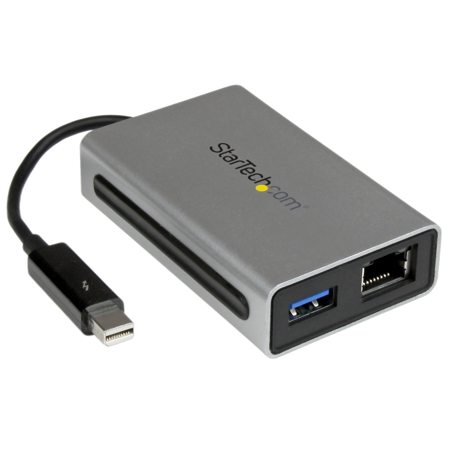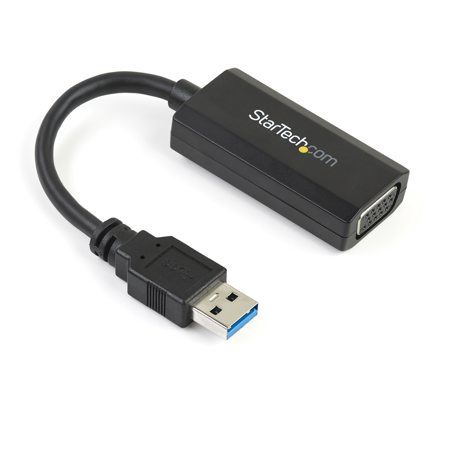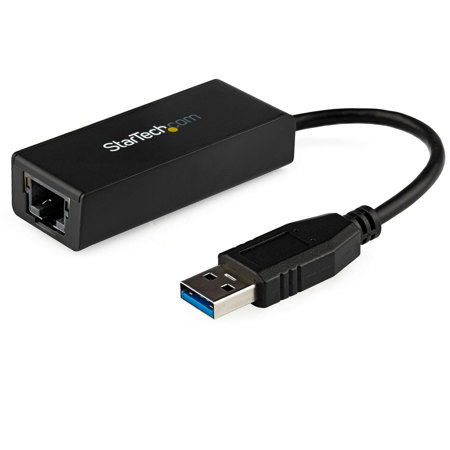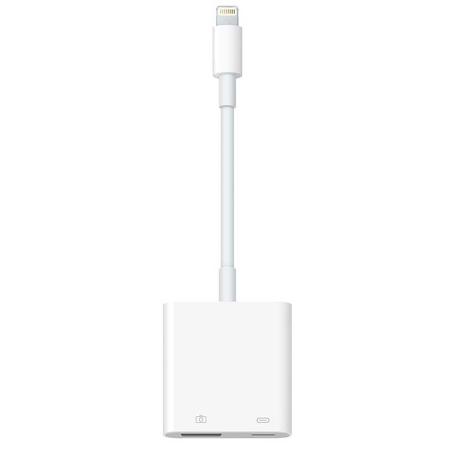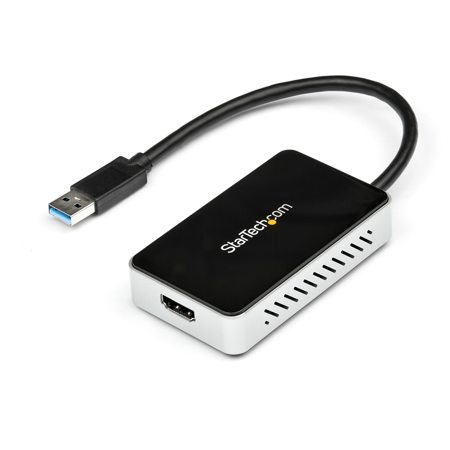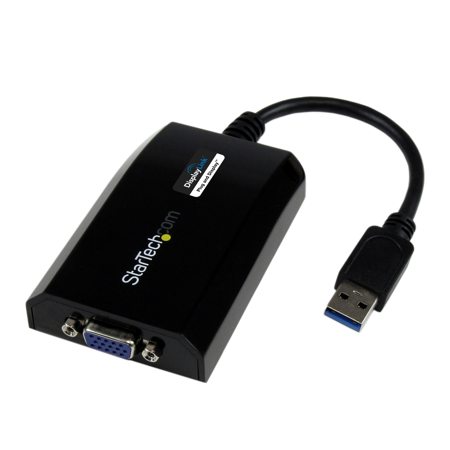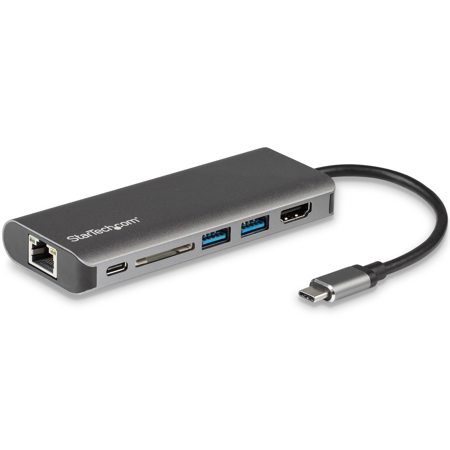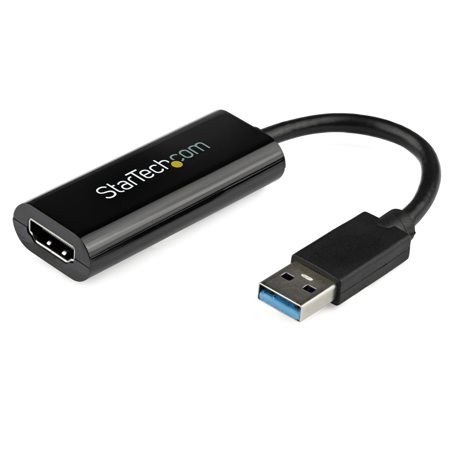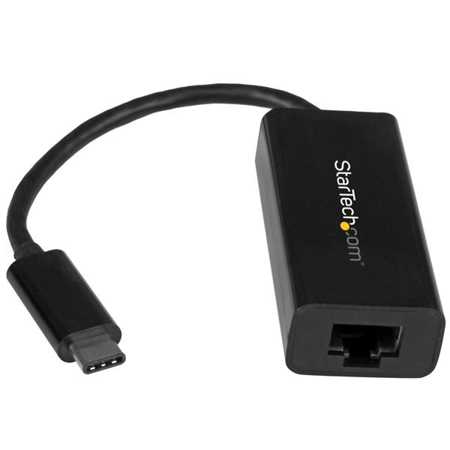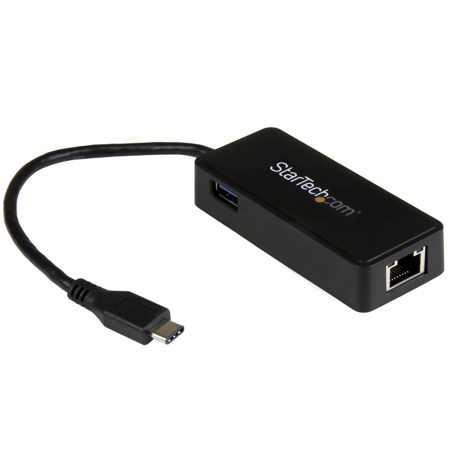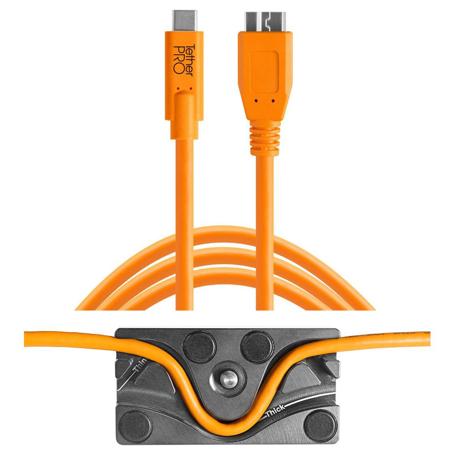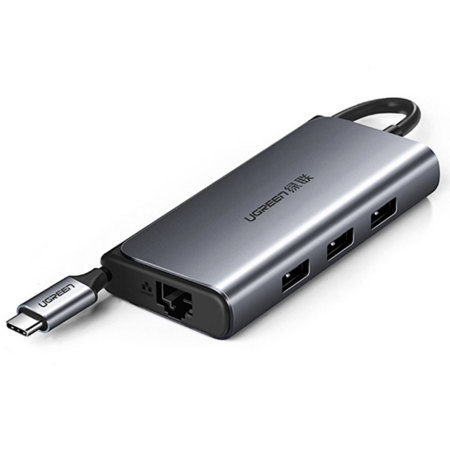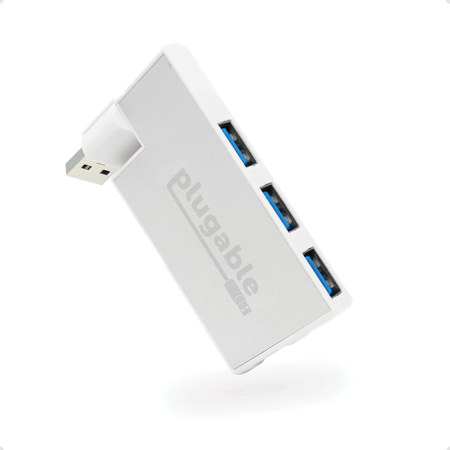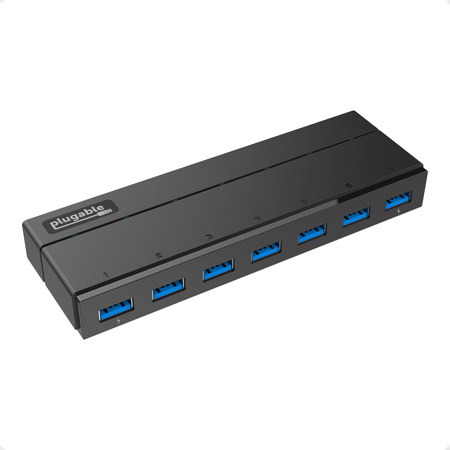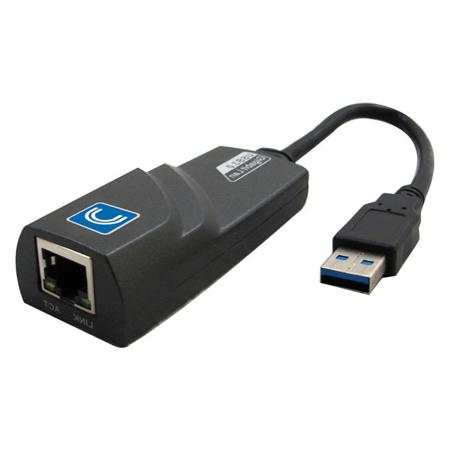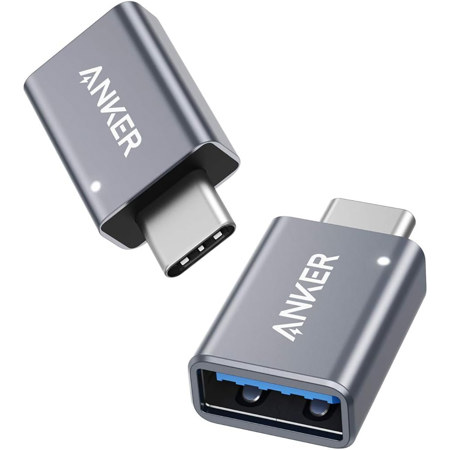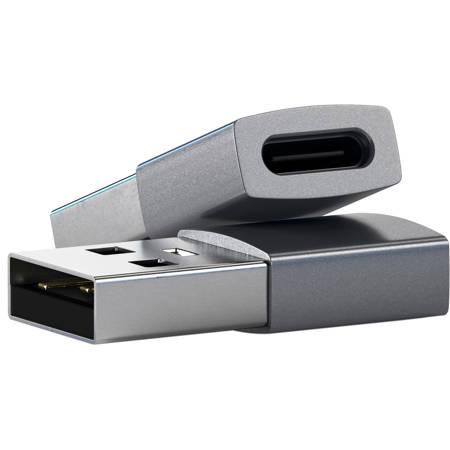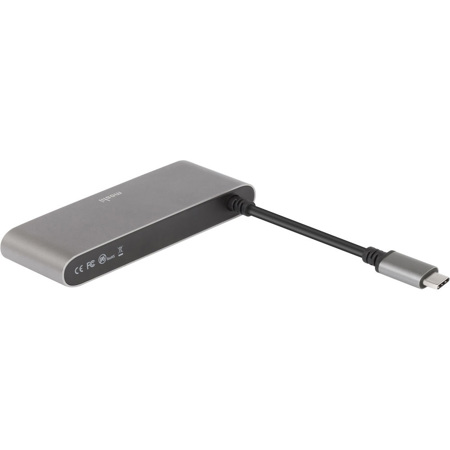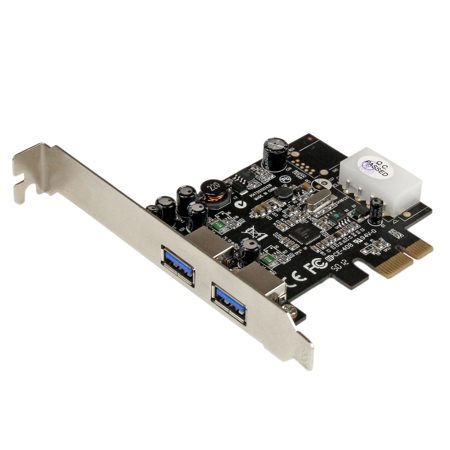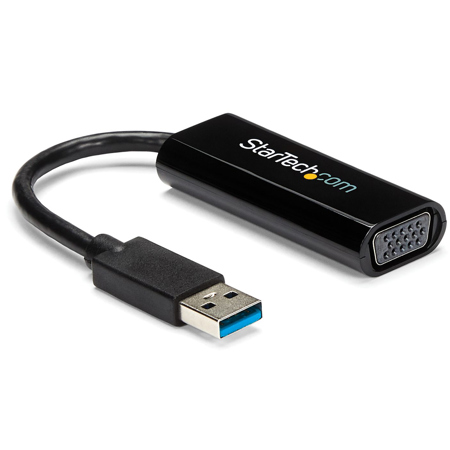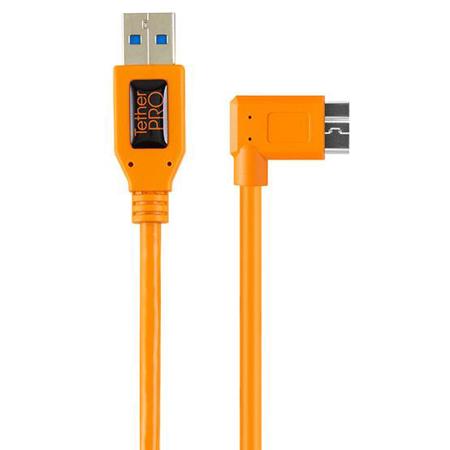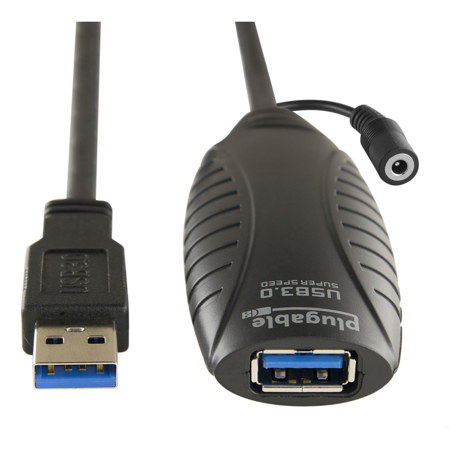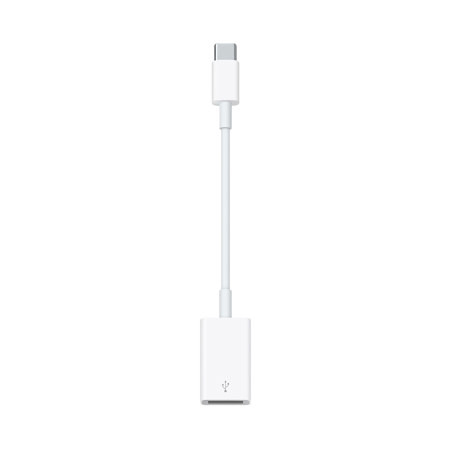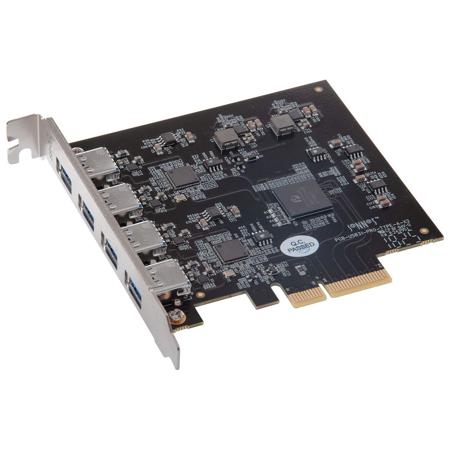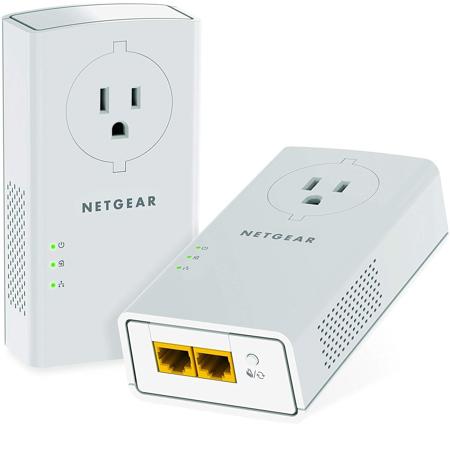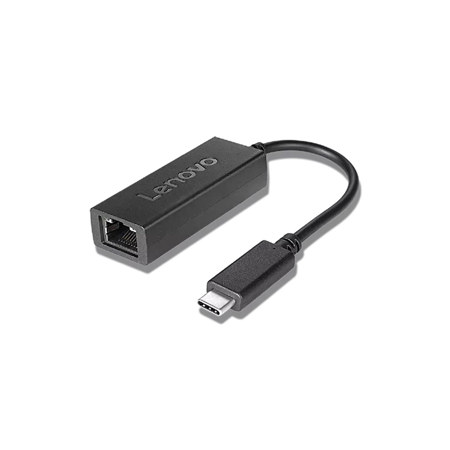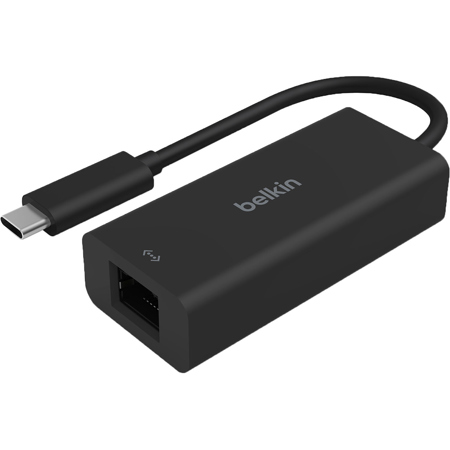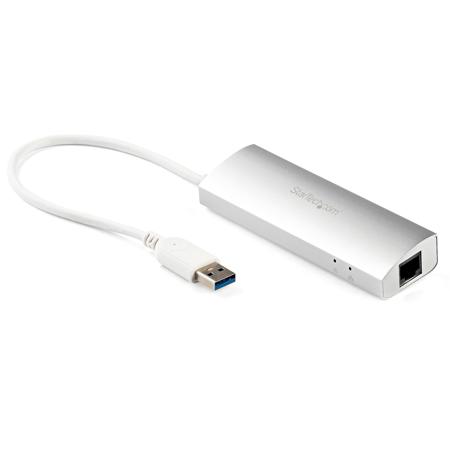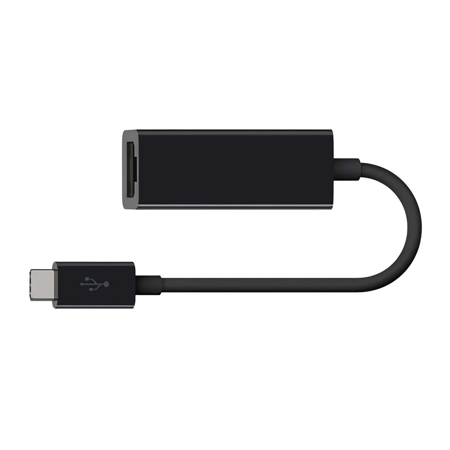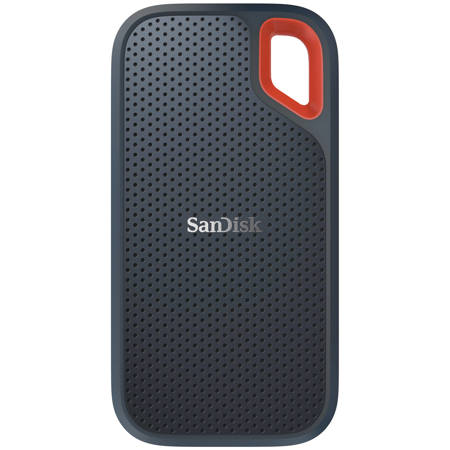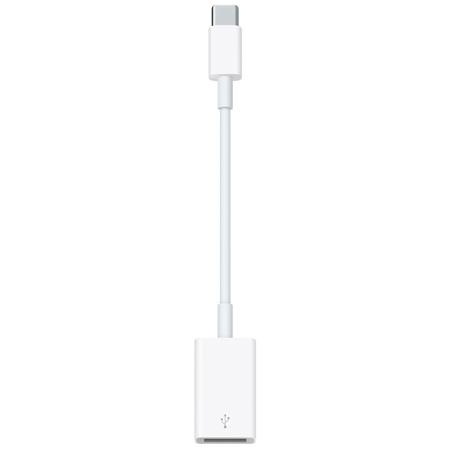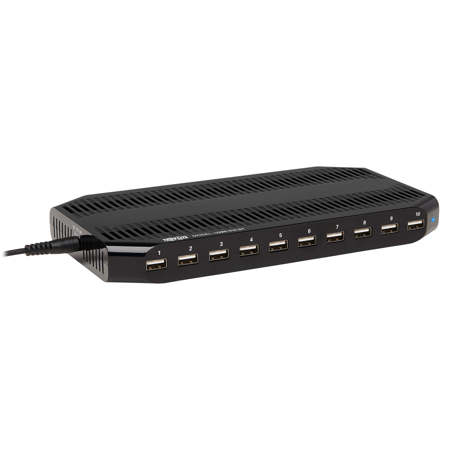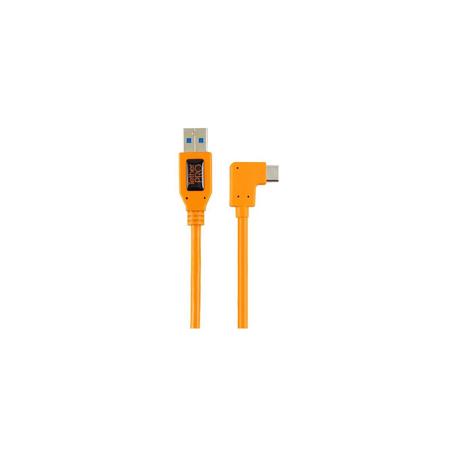USB 3.0 Adapters
In the fast-paced world of digital connectivity and data transfer, USB 3.0 adapters stand as pivotal tools for both professionals and everyday users alike. These adapters are crafted to bridge the gap between the technology we hold dear and the performance we demand, serving as a critical component in the toolkit of photographers, videographers, musicians, and office professionals. As spring ushers in a season of renewal, it’s an opportune time to refresh our tech setups, ensuring that all devices interact seamlessly. USB 3.0 adapters enhance this connectivity, offering speeds that are significantly faster than their USB 2.0 predecessors, making them ideal for transferring large files such as high-resolution photos or multi-track audio sessions in moments rather than minutes.
For photographers and videographers working in the field or in the studio, these adapters are indispensable. Imagine a wedding photographer quickly backing up hundreds of photos to multiple devices, or a videographer transferring gigabytes of video footage to an external hard drive for editing—USB 3.0 adapters make these tasks efficient and less time-consuming. Musicians, too, benefit from the swift data transfer speeds when they need to download large sound libraries to their electronic instruments or move project files between studio equipment. In corporate settings, these adapters facilitate the smooth flow of numerous data types across various devices, essential for presentations, reports, and collaborative projects. As gifts, USB 3.0 adapters are practical yet thoughtful items, catering to anyone from tech enthusiasts to professional creatives who appreciate enhancements that streamline their workflow.
While USB 3.0 adapters are versatile, it’s important to select the right adapter for specific needs. For newer devices that feature USB-C ports, considering a transition to USB C Adapters might be more appropriate, catering to the latest in technology standards with even faster data transfer rates and more flexible usage scenarios. Whether you’re upgrading your own setup or helping someone else enhance theirs, understanding the different specifications and ensuring compatibility with existing equipment is key. This thoughtful approach not only maximizes the utility of the adapter but also extends the lifecycle of current devices, making technology more sustainable and cost-effective. As we embrace the warmer months and perhaps a bit more mobility, ensuring our tech can effortlessly keep up with our needs not only alleviates frustration but also enriches our digital interactions, letting us focus more on creation and productivity, and less on waiting for progress bars to fill.
For photographers and videographers working in the field or in the studio, these adapters are indispensable. Imagine a wedding photographer quickly backing up hundreds of photos to multiple devices, or a videographer transferring gigabytes of video footage to an external hard drive for editing—USB 3.0 adapters make these tasks efficient and less time-consuming. Musicians, too, benefit from the swift data transfer speeds when they need to download large sound libraries to their electronic instruments or move project files between studio equipment. In corporate settings, these adapters facilitate the smooth flow of numerous data types across various devices, essential for presentations, reports, and collaborative projects. As gifts, USB 3.0 adapters are practical yet thoughtful items, catering to anyone from tech enthusiasts to professional creatives who appreciate enhancements that streamline their workflow.
While USB 3.0 adapters are versatile, it’s important to select the right adapter for specific needs. For newer devices that feature USB-C ports, considering a transition to USB C Adapters might be more appropriate, catering to the latest in technology standards with even faster data transfer rates and more flexible usage scenarios. Whether you’re upgrading your own setup or helping someone else enhance theirs, understanding the different specifications and ensuring compatibility with existing equipment is key. This thoughtful approach not only maximizes the utility of the adapter but also extends the lifecycle of current devices, making technology more sustainable and cost-effective. As we embrace the warmer months and perhaps a bit more mobility, ensuring our tech can effortlessly keep up with our needs not only alleviates frustration but also enriches our digital interactions, letting us focus more on creation and productivity, and less on waiting for progress bars to fill.
